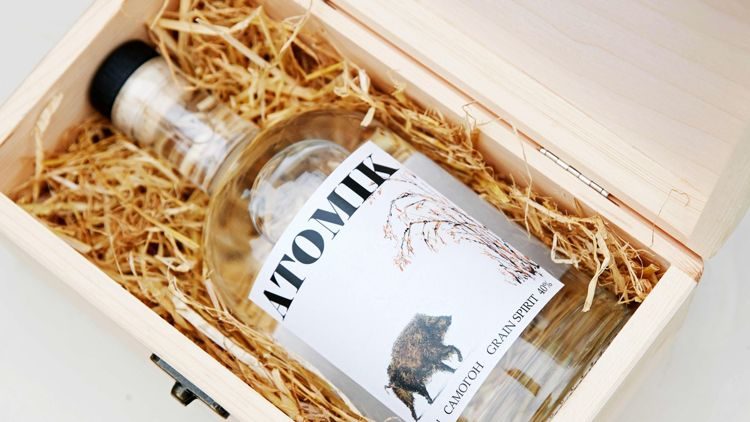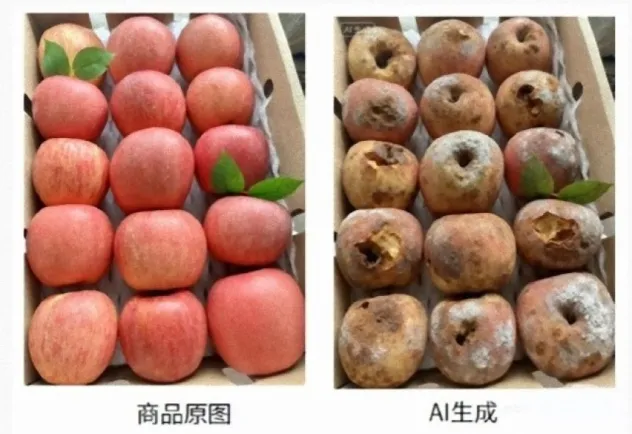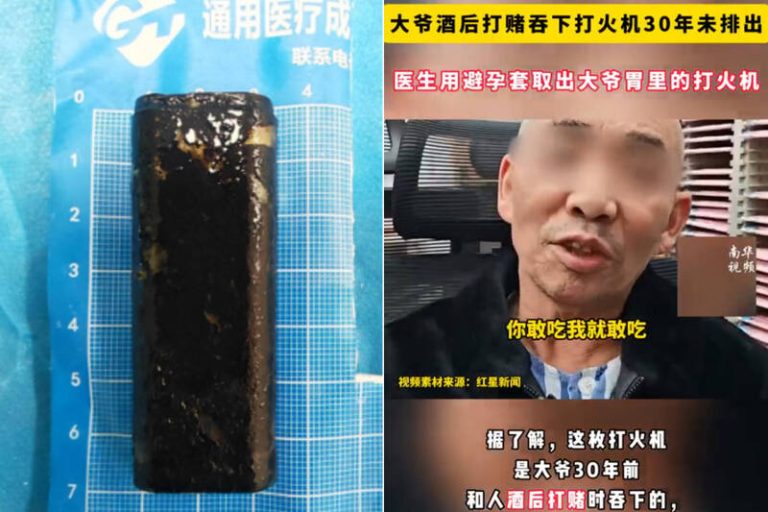An international team of scientists studying the exclusion zone around Chernobyl recently unveiled a bottle of vodka made with water and cereal grown in the area around the abandoned nuclear power plant.
Called ‘Atomik’, this vodka is the first consumer product to have come out of the Chernobyl exclusion zone ever since the nuclear catastrophe that hit Ukraine in 1986. The grains used to make it were grown on a farm located withing the zone, and while analysis showed that they did some radioactive elements, the distillation process reportedly removed all impurities so the Atomik Vodka was found to contain the same radioactive compound as any other spirits drink – natural Carbon-14.
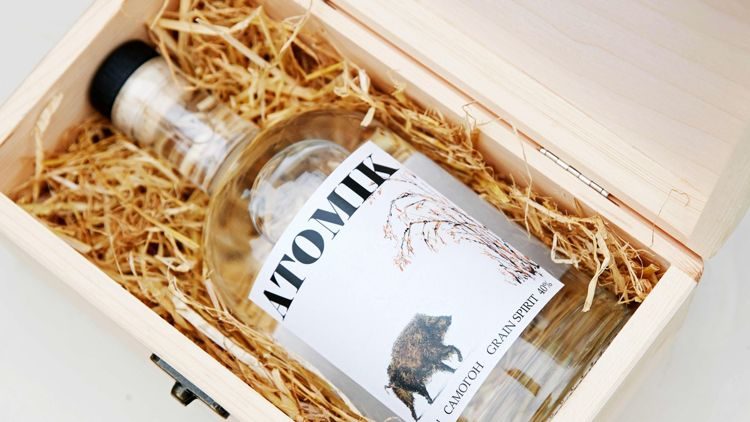
“This is no more radioactive than any other vodka,” Prof. Jim Smith, from the University of Portsmouth, in the UK, told the BBC. “Any chemist will tell you, when you distil something, impurities stay in the waste product. So we took rye that was slightly contaminated and water from the Chernobyl aquifer and we distilled it. We asked our friends at Southampton University, who have an amazing radio-analytical laboratory, to see if they could find any radioactivity. They couldn’t find anything – everything was below their limit of detection.”
Atomik Vodka was created by a team of researchers, including Prof. Smith, who have been studying how the land in the exclusion zone around Chernobyl has recovered since the nuclear catastrophe of 1986. Having obtained scientific evidence that the artisan vodka is not radioactive, they plan to make it commercially available and donate most of the profits to help communities in the exclusion zone still affected by the Chernobyl disaster.
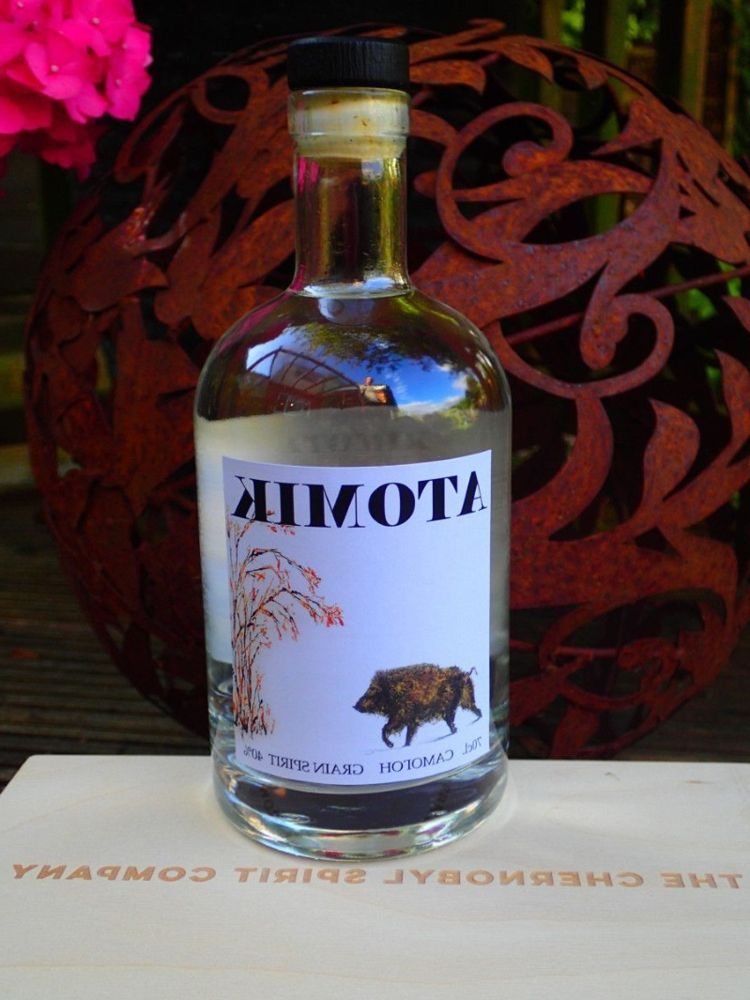
Prof. Smith said that thousands of people live in Ukraine’s Zone of Obligatory Resettlement, where use of agricultural land and financial investments are still forbidden. Proceeds from the sale of Atomik Vodka could help those families greatly.
“We don’t think the main Exclusion Zone should be extensively used for agriculture as it is now a wildlife reserve,” Smith said. “But there are other areas where people live, but agriculture is still banned. 33 years on, many abandoned areas could now be used to grow crops safely without the need for distillation. We aim to make a high-value product to support economic development of areas outside the main Exclusion Zone where radiation isn’t now a significant health risk.”
News of the Atomik Vodka project has been welcomed by Ukrainian authorities, including the state agency for the management of the exclusion zone. Oleg Nasvit, first deputy head of the agency said that it is important that it is important to restore life to normal in the area without putting human lives at risk. He described Atomik as more of a high-quality moonshine than a high-end vodka, but appreciated the use of original Ukrainian distillation methods.
The team behind Atomik Vodka has so far produced a single bottle of the unique spirit, but plans to produce as many as 500 bottles by the end of the year and start selling them to tourists visiting the Chernobyl exclusion zone. No news on the price, yet.

